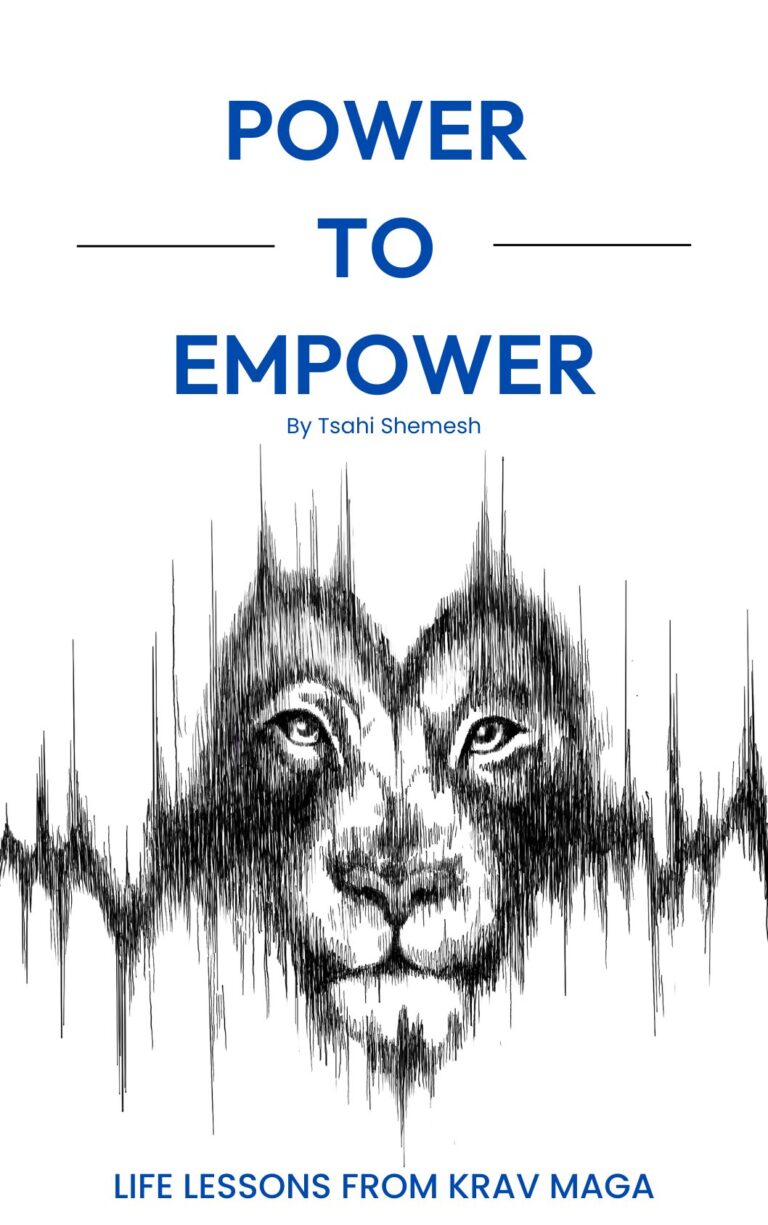First, allow me to share a personal story;
Sometime in 2015, I entered the subway station at West 18 Street. I was pushing a stroller, with my firstborn son in it. As I got into the station, I heard screaming and saw that a public freakout was quickly forming. I saw dozens of men and women crowded together and looking towards the other side of the platform with fear.
The source of the drama was a poor man, sitting on the platform with his legs dangling over the tracks. He was threatening to commit suicide if the people in the station did not give him money.
When I approached the MTA employee and reported what was going on, her response was shocking and concerning: “Just move to the other side of the station like everyone else,” she said. It was clear to me she didn’t know how to handle the situation. She hadn’t notified the train conductor yet, nor had she called the police at that point – I will share how I knew. (How did I know that? I will share it momentarily.)
I handed my son to his mom and approached the man. The people behind me began to yell, “Don’t go near him!”. I thought to myself, “he is clearly not wearing a suicide vest, so I can’t see any reason why I should not try and talk to him.”
I approached and asked, “Are you ok?”
The man started yelling, “I have no money, I am going to jump unless you give me money.”
To that, I responded, “I am not here to give you money, but I am here to help.”
“I am moving on Tuesday, and I have no money at all, I don’t know what I will do,” the man replied.
I said, “Realistically, you are not moving anywhere on Tuesday – if you do not move away from the platform now!”
I could see that the train was rapidly approaching the station. At that point, it was only a few seconds from hitting the man who’s clearly in great distress and probably would jump just to show everyone around him that he was serious about it.
The man put his hands on the platform, prepared to jump, and I pulled his arm behind his back and dragged him back away from the tracks to safety (in Krav Maga, we call this the “policeman’s hold”). His first reaction was to try and bite my hand and to fight.
I said, “No! You don’t want to do that. I don’t want to hurt you. I am here to help you”.
People clapped, but instead of feeling proud or accomplished, I felt great shame.
The man walked away and left the station. I called the police and informed them about what happened. That was the first time the police learned about it, unfortunately.
Every so often, I hear from people who call our office seeking self-defense training when, in fact, they do not wish to practice any violent maneuvers but instead learn how to de-escalate a situation without using any kind of force.
To be honest, that is what I want for myself and for everyone else. I wish that my skills and knowledge were not a necessity. I wish we could all get along nicely and play fair. But the last time I checked, that is not the reality we live in.
Violence isn’t news, but it keeps making the news on a daily basis. What surprises me most is not necessarily the fact that it’s making the news, but the fact that it is so clearly a problem that humans are not able to solve. And yet, so many people choose not to learn how to protect themselves and their loved ones.
Many of us live in relatively safe neighborhoods, and this means that our general feeling of safety is taken for granted, especially for those who live with more means. However, I believe the question one must ask is not whether the fences around me are strong enough, but what would I do if these fences fail?
Hollywood Actor Ashton Kutcher said: “It will not take much for people to hit the panic button. The amount of convenience that people rely on is based on electricity alone. You start taking out electricity and satellites, and people are going to lose their noodles. People don’t have maps anymore. People use their iPhones as a GPS system, so if there’s no electricity, nobody has maps.”
Like having a map in the case of an outage, core skills must be in place in order to help us navigate life when all else fails. Some skills I like learning and perfecting, and some not. Just like I hated math class in high school, but I had to learn it as a part of basic education.
I will not use ignorance and denial as a naive hope this strategy will keep me safe. I only hope it will never come to the point when I will have to hurt someone in self-defense.
Imi once said, “be so good so you don’t need to kill”. If you don’t want to hurt anyone, make sure you are trained enough to be able to choose the minimal reaction needed to de-escalate. Taking into account that sometimes the minimum damage required is still great damage.
We don’t always have a peaceful resolution. Life has a way of presenting two options, one is really bad, and the other is the worst. When we are unable, we don’t get to choose.
From a young age, it was clear to me that Krav Maga is a non-negotiable skill. To learn how to fight is to learn how to control situations with potentially negative consequences, and how to minimize the problem rather than ignore or exacerbate it.
Don’t get me wrong, self-defense is not immunity. Rather, it is a skill that reveals more options to de-escalate or fight like hell if you must. It quickly becomes strategic, and not impulsive.
Even when you “lose,” it allows you to control the narrative – to process and remember the situation as if you had a choice. That is often the difference between carrying trauma or a sense of empowerment. Many people want to believe they will have what it takes to do the right thing, whether it is to fight, protect themselves or others, or rather flee the scene. In truth, it’s only when the waves hit hard that we learn who is good at swimming and who can’t swim at all.
Courage is not the lack of fear. It is the ability to stand for what is right despite fear.
Do something amazing,
Tsahi Shemesh,
Krav Maga Experts
CEO & Founder


Hi Tsahi! These are always very informative and helpful. In the Krav Maga Women page here on Facebook there is a discussion about why women don’t do self defense, excuses, and bad responses people have given when we say we do Krav Maga (a colleague once asked me if doing Krav Maga made me paranoid, for example! For the record, I had a good response about empowerment and walking in peace :-)). I was wondering if I could quote you from this passage in that group, with proper citations, of course.
Thank you for the feedback, Roxzana. Of course you can quote me. Feel free to use any of the available resources available on the site / pod cast!